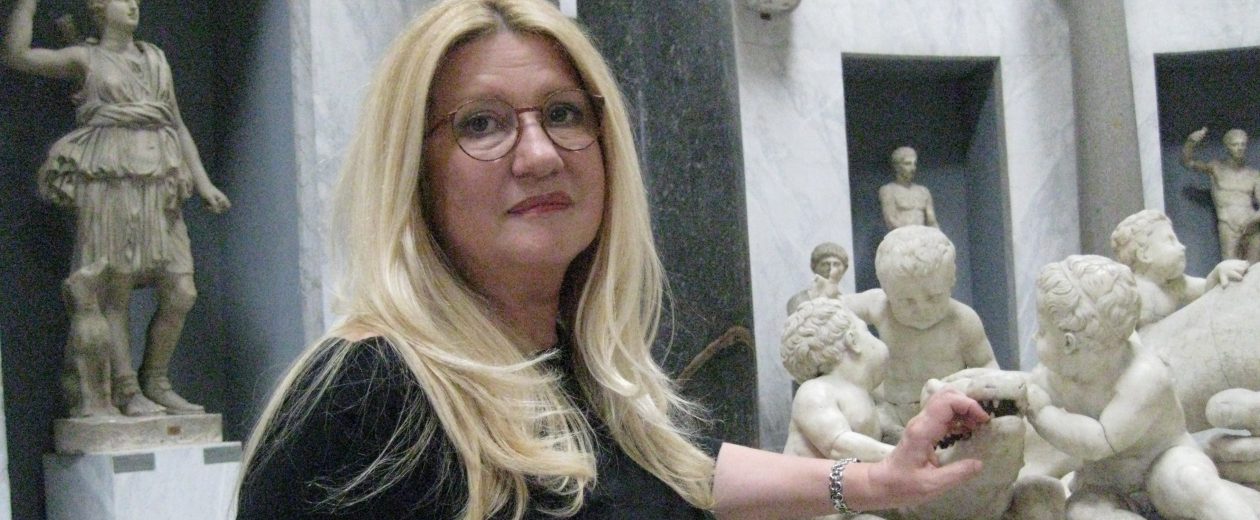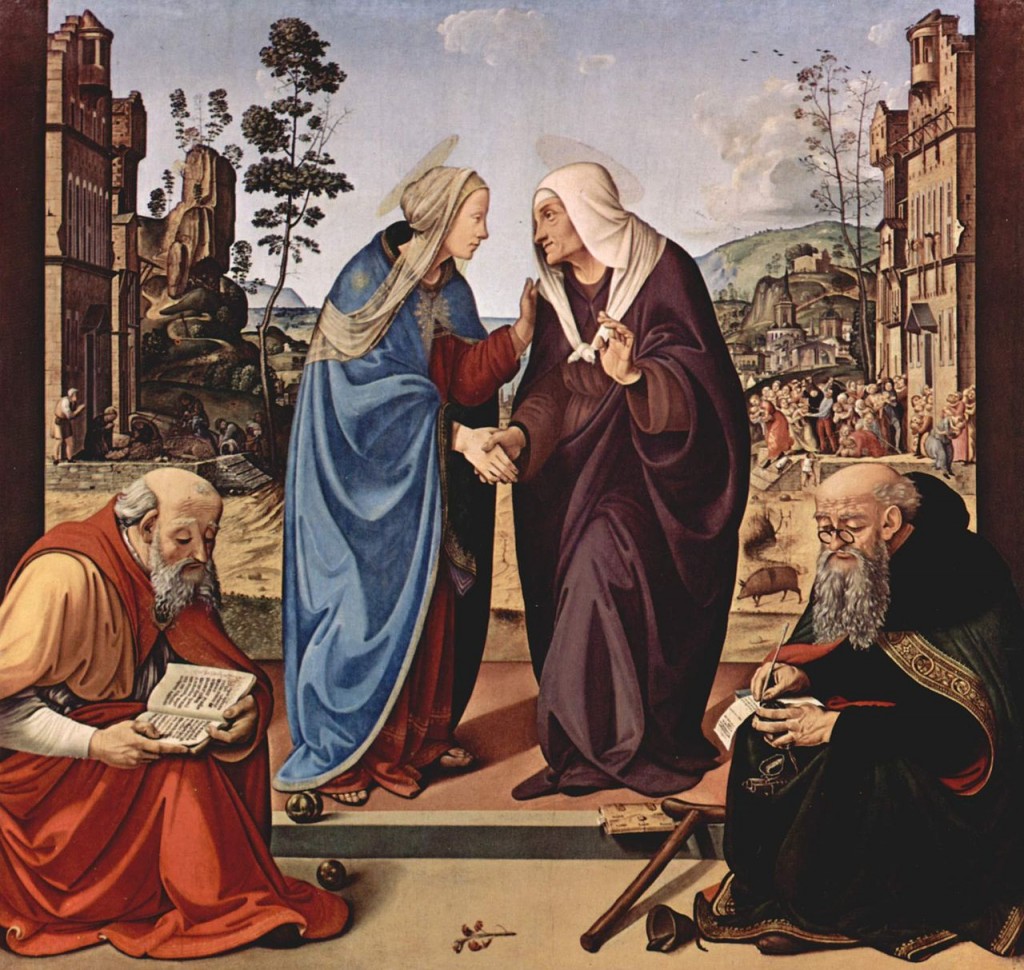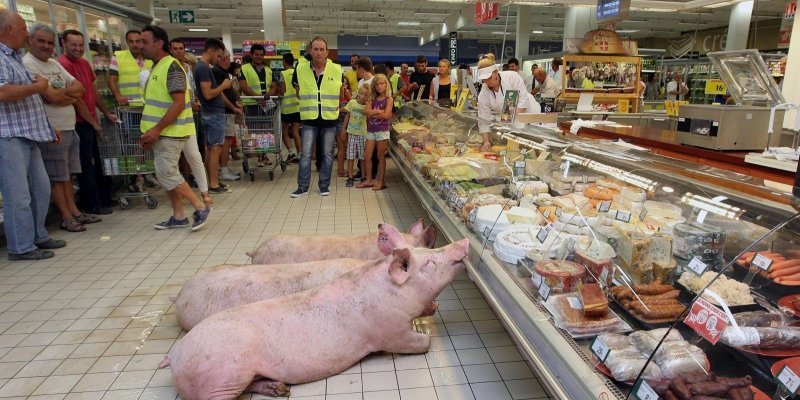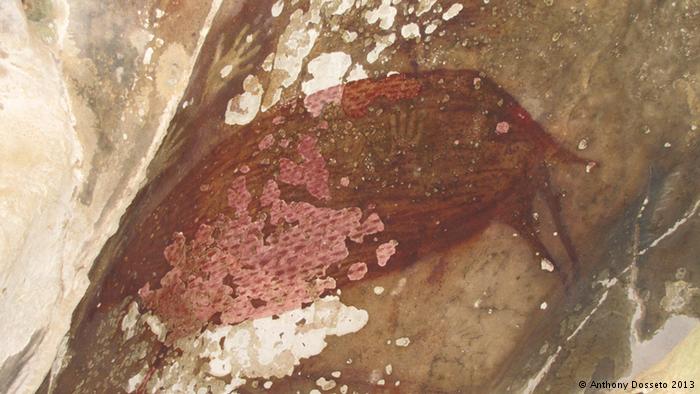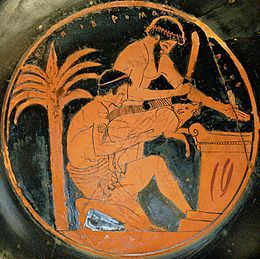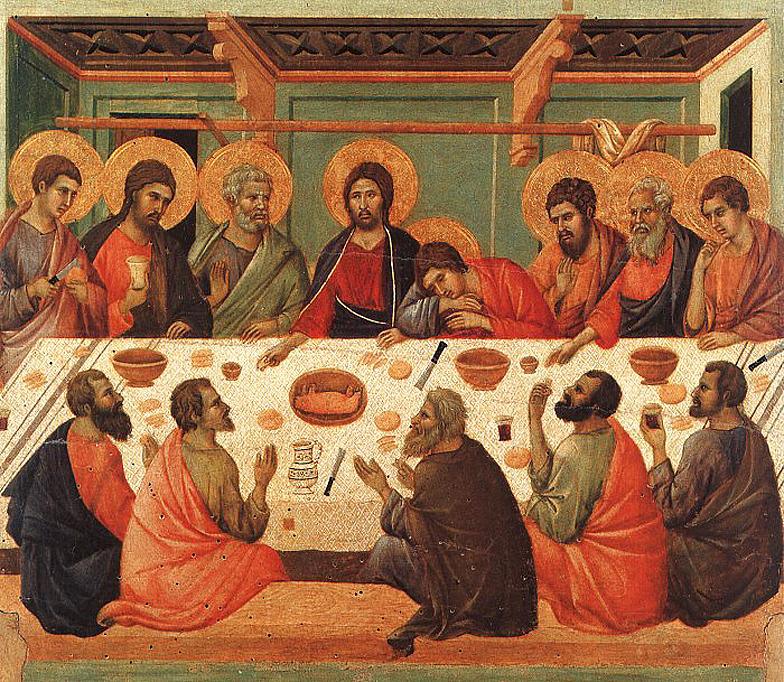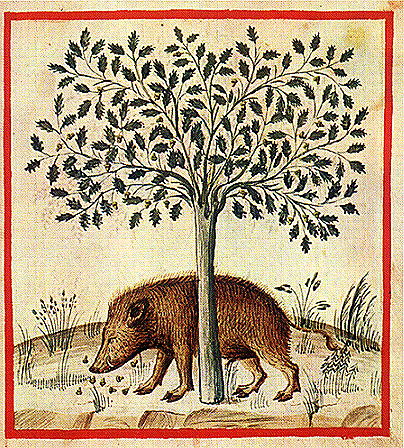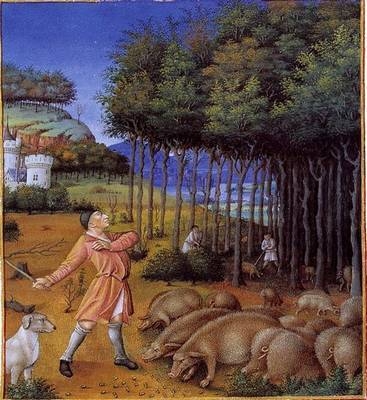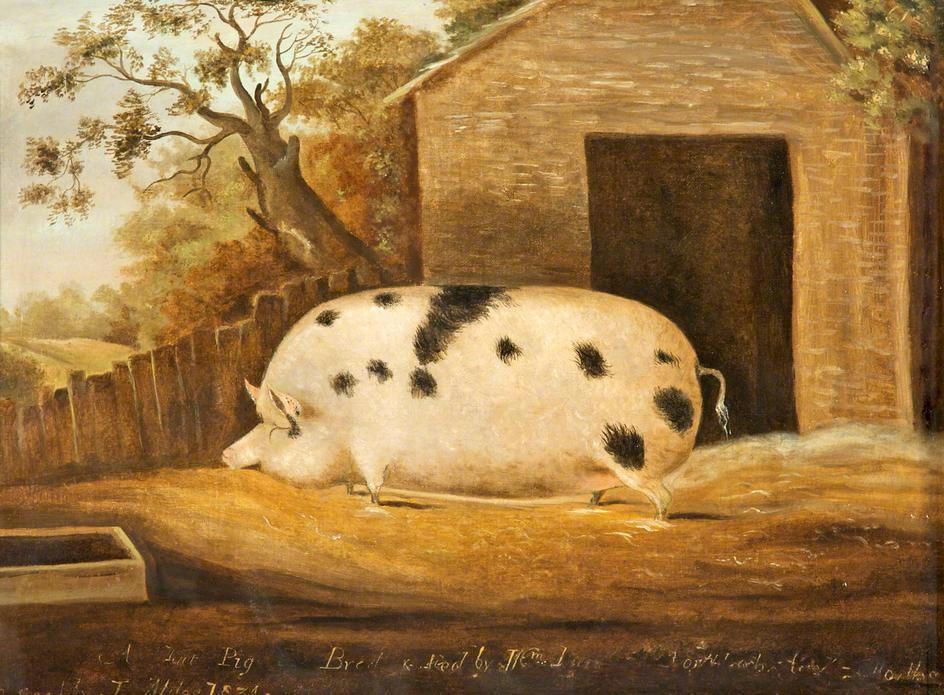Posted by Liana Marabini
Unfaithful and ungrateful
The crisis of the pork in France is said to be caused by religious reasons.
The gradual islamisation of the country, where the halal shelves are more and more incumbent in the supermarkets, while the school canteens eliminate the pork dishes from their menus,
href=”http://www.rtl.fr/actu/economie/la-charcuterie-francaise-plongee-dans-la-crise-7772692454″> is said to be the reason of this cruel crisis. I don’t know. Maybe, it is one of the causes.
The farmers protest in Paris, they ask for laws to protect them.
I look at all this, I read and watch the news and I feel sad. Poor pig. What an inglorious present. It is an animal that has accompanied and fed mankind for centuries, evolving from “pig” (when in the courtyard) to “pork” (when cooked).
And now what ? It is snubbed, purely and simply.
Fortunately, the artists show some gratitude. They figured the pig since the dawn of times. Let’s have a look at it.
Divin porcello
A recent discovery amazed and surprised me, contradicting my beliefs about the age of figurative.
The painted walls of a cave discovered in the Indonesian island of Sulawesi date back at least 40,000 years, making it the oldest sign yet of human creative art — likely pre-dating art from European caves. These foundings are rewriting the history of art.
Scientists used a highly precise method to determine the antiquity of the paintings. They found the artwork was comparable in age to the oldest-known rock art from Europe, long thought to be the cradle of the early human cultural achievement embodied by cave painting.
“It was previously thought that Western Europe was the centerpiece of a symbolic explosion in early human artistic activity such as cave painting and other forms of image-making, including figurative art, around 40,000 years ago,” said dating expert Maxime Aubert of Australia’s Griffith University.
The study focused on 14 cave paintings: 12 human hand stencils and – and here my attention woke up – two naturalistic animal depictions, one showing a babirusa, or “pig-deer,” and the other showing a pig.
Later, around 500 b.C., an Epidromo painter immortalized on a cup a pig before sacrifice. This artwork can be admired at the Musée du Louvre.
The Medieval time is rich in pictorial represaentations of the pig. there is a painting I love: the Last Supper by Duccio di Buoninsegna (1308). This fabulous artwork is located in the Museo dell’Opera del Duomo in the town of Siena. Jesus and the Apostles are seated around a table that is considerably sparse in food, with only a tiny suckling pig on a plate and some bread.
Other two glorious Medieval artworks are Taccuinum Sanitatis (where we find a pig eating under an oak tree) and Les Très Riches Heures du duc de Berry where we admire a farmer with his pigs.
Along the centuries, more paintings come to my mind : George Morland and his Boy looking into a Pig Sty (1794), or the Gloucestershire Old Spot pig painted by John Mils in 1834 (Gloucester City Museum & Art Gallery collection). This race of pig is said to be the largest pig ever bred in Britain.
Between these paintings – the pig in the Indonesian cave and all the others – so many sunrises followed and the world changed so many times. But they have something in common : the pig, humble and marvellous creature, that has accompanied man since the dawn of time.
